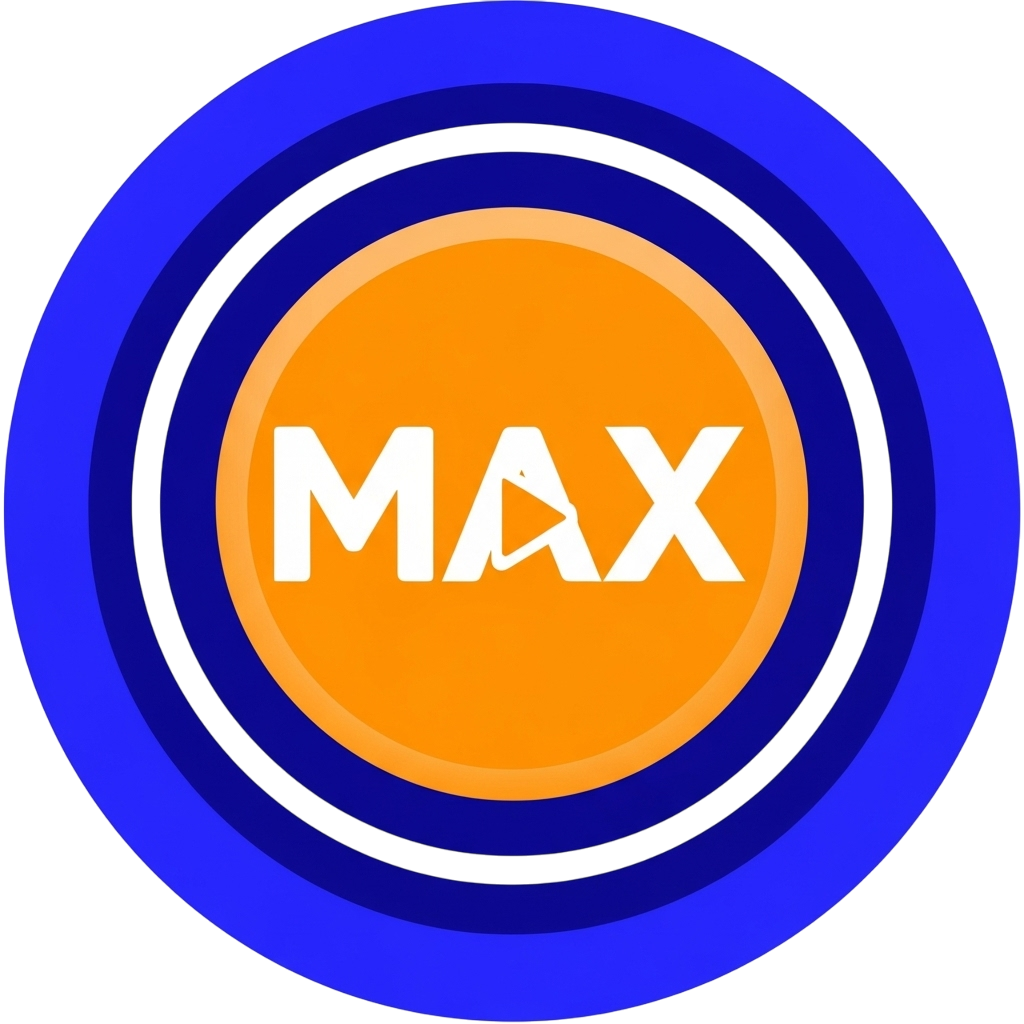Let’s talk about the sound of quiet. You know it. It’s that steady shhhhh from a sleep app, the comforting hum of an air conditioner, or the nostalgic hiss of a fan. That, my friends, is the world of “white noise,” and a white noise soundboard is your ultimate toolkit for controlling it.
This sound is famous for one simple, powerful reason: it works.
In a world full of distracting sounds, white noise is the ultimate audio blanket. It’s a tool for focus, a fast track to sleep, and a secret weapon for private conversations. It masks other sounds by creating a consistent, “full” audio floor, so that sudden car horn or dog bark doesn’t jolt your brain.
But here’s the secret, the “in-the-know” part: the sound you love and call “white noise” probably isn’t white noise at all. Let’s dig in.
The Real Origin of Your Favorite “Static” Sound
To understand the soundboard, you have to understand the sound itself. It has two origin stories: one in science, and one in a bedroom.
The “Technical” Hiss vs. The “Soothing” Vibe
First, the technical part. The name “white noise” is a direct copy of “white light.” White light is the combination of all colors. True white noise, therefore, is the sound of all audible frequencies (from 20 Hz to 20,000 Hz) playing at the exact same intensity.
The result? It’s actually a bit sharp and hissy, like a high-pressure air leak or an old TV tuned to a dead channel.
What you probably love is its cousin: pink noise or brown noise. These sounds are “warmer” and “deeper” because they have more power in the low-end frequencies (the bass) and less in the high-end (the treble). They sound less like a “hiss” and more like a “whoosh” or a deep rumble.
But “white noise” became the popular, catchy brand name for all of them.
1962: The First “Soundboard” Was a Real Machine
So, who first bottled this sound? The idea of a “white noise soundboard” wasn’t born in an app store. It was born in 1962 from a simple problem: sleeplessness.
A man named Jim Buckwalter had a wife who found the sound of a window air conditioner incredibly soothing. But running the AC all night wasn’t practical. So, like any good tinkerer, Jim built a machine to just make the sound.
It was a simple, brilliant device: a small fan inside a plastic shell. That was it. He called it the “Sleep-Mate,” which later became the iconic Dohm sleep machine.
That was the original analog white noise machine. The digital soundboards we use today on sites like soundboardmax.com are just the modern evolution of Jim’s 1962 invention. Instead of one fan, we have a whole library of digital files-pure white noise, deep brown noise, rain, oceans, and fans-ready to play on demand.
Your Perfect Sound, Ready to Play
From a simple fan in a box to a high-fidelity digital White Noise Soundboard, the mission is the same: to give you total control over your audio environment.
It’s an iconic sound, not because of a meme, but because of its pure utility. It’s a foundational tool for sleep, focus, and even creative audio production (we use white noise “sweeps” to build tension in music tracks). It’s simple, effective, and it just works.
Ready to find your perfect focus, relaxation, or sleep sound? Explore the ultimate White Noise Soundboard on soundboardmax.com today! And while you’re building your audio library, check out other iconic meme sounds, like the hilarious Waapp Soundboard, to round out your collection.
